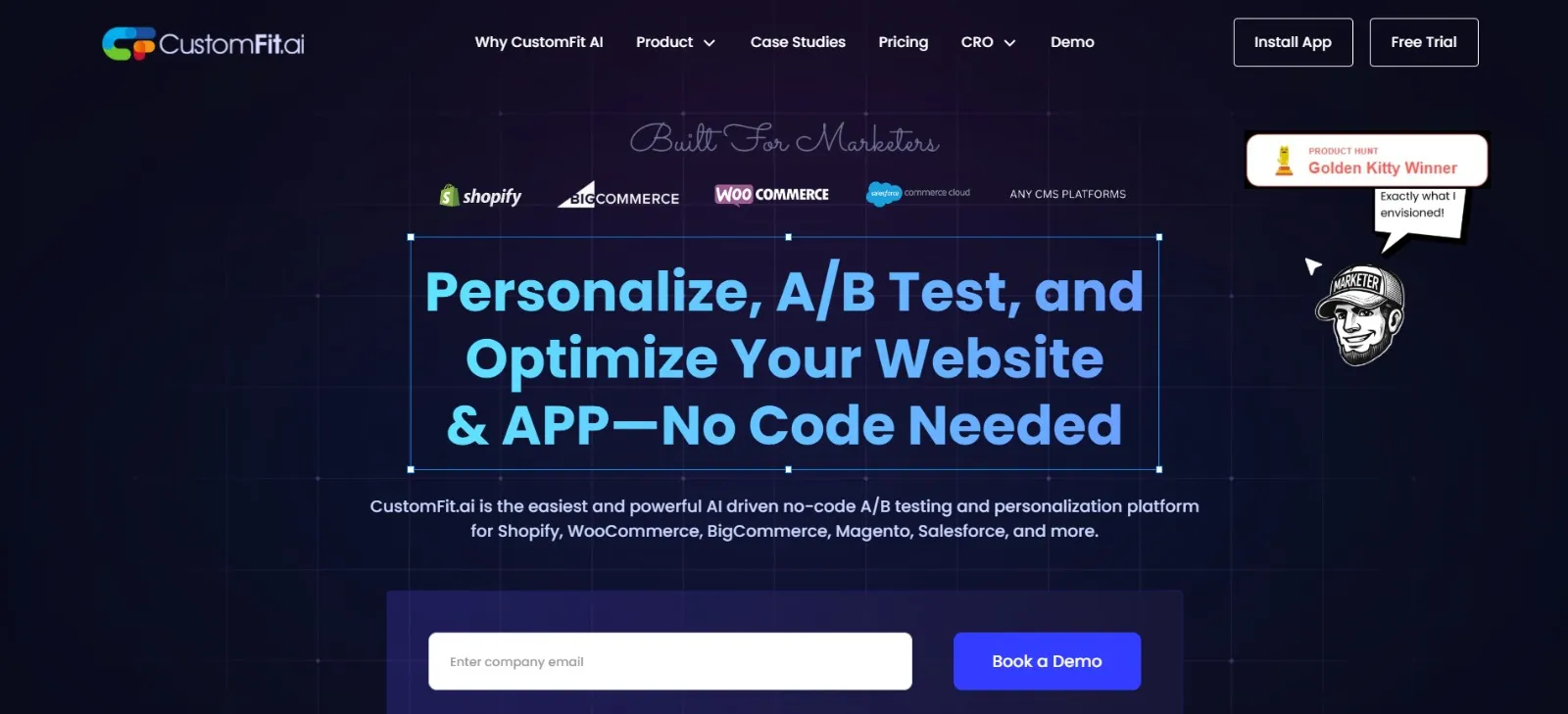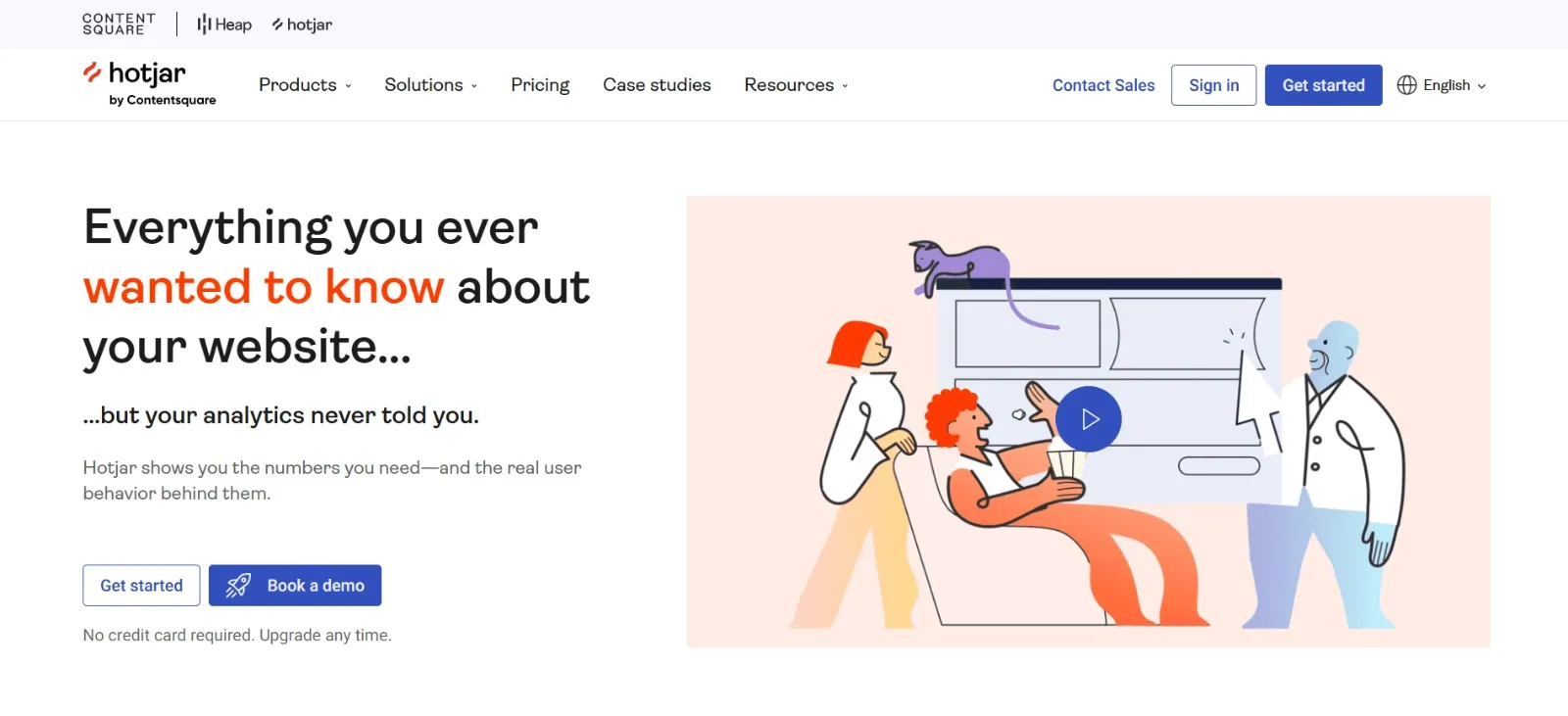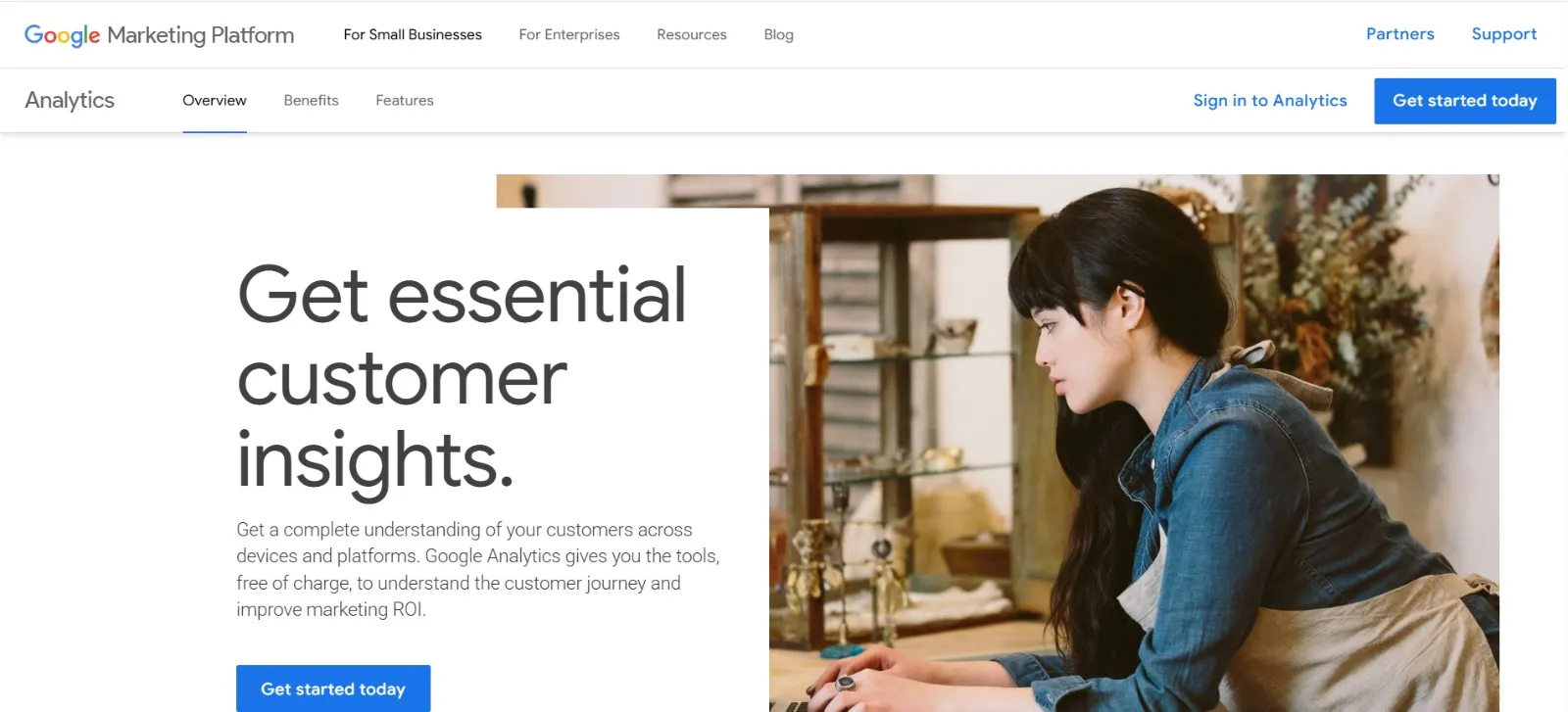Building a website with an attractive theme and publishing is not enough to increase conversions. Attractive websites and blogs might attract organic traffic but will not convert customers. Most businesses focus on increasing their organic traffic but don’t understand that more traffic doesn’t mean better sales. You need to optimize your website to encourage people to take action.
This is where conversion rate optimization comes in.
From personalizing the website to pushing customers to click the CTA, there are a handful of tactics that can help increase your conversions. But before that, you should know what conversion rate optimization is and why it is necessary for your website.
Learn more about CRO marketer and their strategies in this quick read!
Conversion rate optimization is an activity of enhancing your website experience based on traffic and customer behavior to increase conversions. Commonly referred to as CRO, it is mainly performed to increase customer experience and encourage them to take action, like purchasing a product, signing up, subscribing, etc. To convert customers successfully, you need to know about your users and how they interact with your website; this is why you need conversion rate optimization.
Conversion rate is calculated by dividing the number of actions taken by customers by the total number of customers visited. Multiply it by 100 to get a percentage.

Once you calculate the conversion rate, you can get started with the conversion rate optimization process.
Having high website traffic is not a flex anymore. To increase your sales, you need conversions. You must encourage visitors to take action and convert them. CRO marketing focuses on that.
Instead of just publishing blogs, it lets you improve the website's user-friendliness and focuses on pushing the customers to take action, increasing conversion.
CRO increases the usability of the website, which eventually boosts the desire to purchase the product. Website personalization is one of the CRO strategies. Customers who experience a personalized website based on their behavior are likely to purchase the product, which increases your conversions.
Analysis is the core aspect of CRO marketing. When you analyze the performance of your website, it’ll reveal the areas of optimization.
For example, Images. Sometimes, using images of large size will impact your website’s speed and performance. CRO will let you optimize these bottlenecks and increase your site speed.
Your current customers are more valuable than new ones. Listening to their feedback and optimizing your website to their preferences will increase customer loyalty and retention.
Word of mouth is the most sought out tactic in today’s digital scenario. Satisfying your existing customers and personalizing your website will encourage them to spread the word and refer their friends to your site.
When you optimize your website and increase its speed, it will be more inviting for the customers. It increases usability, and they would want to spend more time on your site as it offers a better customer experience.
CustomFit.ai is a no-code website personalization tool that can help you optimize your website to boost conversions. The best aspect of CustomFit is its Experience engine, which lets you build personalized customer journeys that lead to conversions.
You don’t need coding knowledge to optimize your website using CustomFit.ai. Its visual editor will let you customize every aspect of your website and experience in real-time.

Hotjar is considered one of the most popular CRO tools. It is a product experience insight tool that shows customer behavior and how they interact on your site.
It tracks and displays customer activities through a heat map, so you’ll know where your customers scroll, click and move around your website.
You can use the heat-map to analyze the areas where optimization is needed.

Google Analytics is a popular web analytics tool for tracking website traffic and all types of user activity from entry to exit.You can use it to check which pages attract high traffic and optimize them to convert the leads into customers. GA also shows the bounce rate of the website; if it is high, then you need to increase the website’s usability and experience.

What works for you will not be the same for other businesses. This is why the first step is to define what is considered a ‘Conversion’ for you. If you own an eCommerce website, customers’ purchases will be considered a conversion. If you own a B2B website, someone subscribing to your newsletter will be considered a conversion. So, conversions change according to businesses. This is why it is necessary to define your, and once you know it, you can easily optimize your website to achieve that particular conversion.
Once you’ve defined your customers, the next step is to map them. This is where the tools we mentioned above will come in handy. Use them to see how customers interact with your store, where they are, what they click, and where they exit. Track every touch-point to identify the areas that need optimization. Not just their website activity, you should gather customer details too, like demographics, locations, interests, goals, pain points, etc. These will help you segment your customer into individual personas, and you can optimize your landing pages to target particular personas.
The next step is to identify what’s not working on your website. You can use tools like Hotjar to check the heat-map of your website and see which section gets the clicks and where the customer exits. Identifying the bottlenecks solves 50% of your conversion problems.
You cannot jump into optimization without identifying what works and what doesn’t. By doing this, you’ll know where to focus and how to get your customers to convert. It saves time and energy.
The final step in the CRO marketing strategy is to start making improvements to your website based on the data you collected. Create multiple prototypes of the website, publish and run A/B tests to identify which converts better. Run A/B tests until you identify the ideal conversion rate for your website and finalize it.
In this article, you learned what CRO marketing is, how to calculate conversion rate and how to build a CRO strategy from scratch. Conversion rate optimization is the activity of improving your website’s experience to encourage customers to take action. Considering the competitive nature of the market, CRO Marketing is now a necessity for all businesses. You can make changes to your website using your customer data and tools like CustomFit.ai to personalize your website.
So, what are you waiting for? Start your CRO marketing strategy and improve your website experience to boost conversions.
Q1: What is CRO Marketing?
CRO Marketing, short for Conversion Rate Optimization Marketing, is the practice of improving a website’s design, content, and user experience to encourage more visitors to take desired actions—such as making a purchase, subscribing to a newsletter, or filling out a form. Instead of just focusing on increasing traffic, CRO marketing ensures the traffic you already have converts into customers. This makes it especially important for ecommerce businesses that want to increase conversion rate without constantly spending more on ads.
Q2: How does CRO Marketing work for ecommerce websites?
In ecommerce, CRO marketing works by analyzing how customers interact with your store and removing friction points that stop them from completing purchases. This can include optimizing product descriptions, improving checkout flows, speeding up page load times, or running A/B testing to compare variations of a page. Using tools like CustomFit.ai or Hotjar, brands can personalize experiences for different user segments and systematically improve their conversion rates.
Q3: What is the difference between CRO Marketing and A/B Testing?
A/B Testing is a method used within CRO marketing. CRO is the broader strategy that covers all website improvements aimed at increasing conversions, such as personalization, UX optimization, and customer journey mapping. A/B Testing, on the other hand, is a specific tactic where two versions of a webpage or element (like CTA buttons or product images) are tested against each other to see which performs better. Together, CRO and AB Testing form a powerful approach for ecommerce brands to continuously improve.
Q4: Why is CRO Marketing important for ecommerce brands?
Ecommerce stores spend heavily on traffic acquisition—through ads, influencers, or SEO—but many visitors leave without converting. CRO marketing helps turn more of those visitors into paying customers. This directly boosts sales without increasing ad spend. In addition, CRO improves customer experience, builds loyalty, and ensures long-term growth. For Shopify and other ecommerce platforms, CRO is the difference between a store that struggles and one that scales profitably.
Q5: What tools can I use for CRO Marketing?
Popular tools include:
These tools complement each other. For example, Google Analytics shows where drop-offs happen, Hotjar shows how users behave on those pages, and CustomFit.ai lets you run A/B tests to fix the issues and increase conversion rate ecommerce.
Q6: How do you calculate the conversion rate in CRO Marketing?
Conversion rate is calculated by dividing the number of conversions (purchases, signups, etc.) by the total number of visitors, then multiplying by 100. For example, if your store had 10,000 visitors last month and 500 of them made a purchase, your conversion rate is (500 ÷ 10,000) × 100 = 5%. This percentage becomes your baseline for CRO strategies.
Q7: How do A/B Testing Platforms support CRO Marketing?
An A/B Testing Platform is a core part of CRO marketing because it lets you experiment with changes before making them permanent. Instead of guessing whether a new banner, headline, or checkout layout will perform better, you can run a controlled A/B test and let data decide. Platforms like CustomFit.ai provide real-time insights and flicker-free testing, so ecommerce teams can improve quickly without needing developers.
Q8: What are common CRO strategies for ecommerce?
These tactics, when done consistently, help ecommerce brands steadily increase their conversion rate.
Q9: Can CRO Marketing work for small businesses too?
Yes. CRO is not just for big enterprises. In fact, small and mid-sized ecommerce brands often see the fastest gains because even minor optimizations—like improving mobile checkout or personalizing offers—can make a big difference. Affordable tools like CustomFit.ai or free tiers of Google Analytics and Hotjar make it accessible for smaller teams to get started.
Q10: How long does it take to see results from CRO Marketing?
Results vary based on traffic and the scale of changes. Some A/B tests can show improvements within a couple of weeks if you have enough traffic, while larger CRO strategies may take months to refine. The key is consistency. CRO marketing is not a one-time project; it’s a continuous process of testing, learning, and improving.